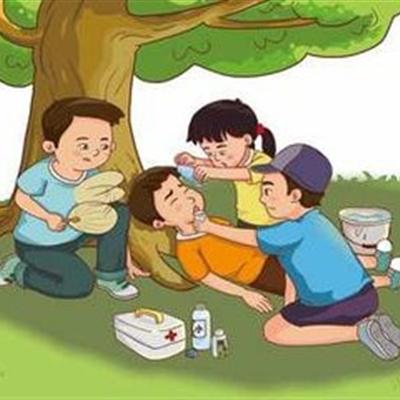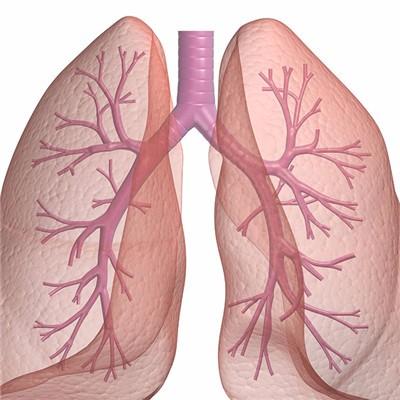How to treat sequela of poliomyelitis
summary
Sequelae of poliomyelitis usually occur in children aged 6 months to 3 years old. They usually have a history of acute poliomyelitis. If they are not treated as soon as possible, their condition will become more and more serious until they are disabled for life. Therefore, it is very important to treat the sequelae of poliomyelitis as soon as possible. So, what are the common treatments for polio sequelae?
How to treat sequela of poliomyelitis
First: massage therapy: roll back the paralyzed limbs, massage to relax the joints, rub the spine and limbs, and rub the local heat.

Second: functional exercise: for paralyzed limbs, massage and massage can be used to promote blood circulation, improve muscle nutrition and nerve regulation, and enhance muscle strength. If the affected limb can make slight movements but the muscle strength is very poor, it can help the affected limb to do passive movements such as extension and flexion, abduction, adduction, etc. When the limbs can move but the muscle strength is still poor, the patients are encouraged to do automatic exercise, carry out physical therapy, exercise muscle strength and correct deformity with the help of physical therapy tools.

Third: physical therapy: hydrotherapy, electrotherapy, wax therapy and phototherapy can be used to promote the relaxation of diseased muscles, enhance local blood flow and inflammatory absorption.

matters needing attention
Cupping and herbal fumigation and external application can be used to promote the recovery of paralyzed limbs. In addition, it was reported that acupoint stimulation and ligation could enhance the muscle strength of paralyzed limbs. Deformity limbs can be fixed with wood or plaster, as well as surgical correction.













